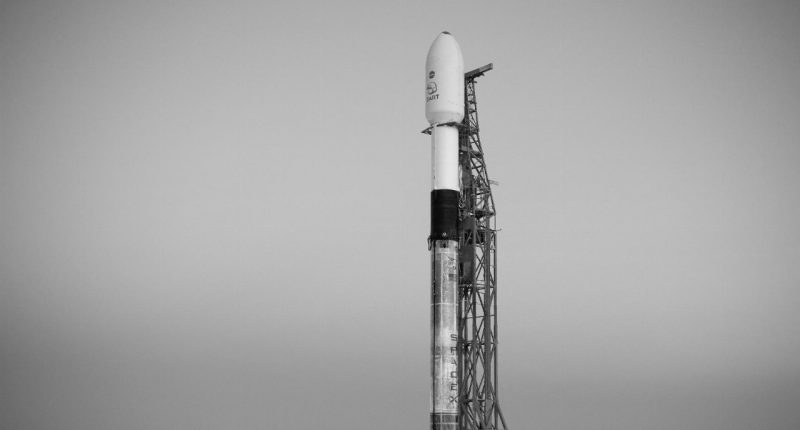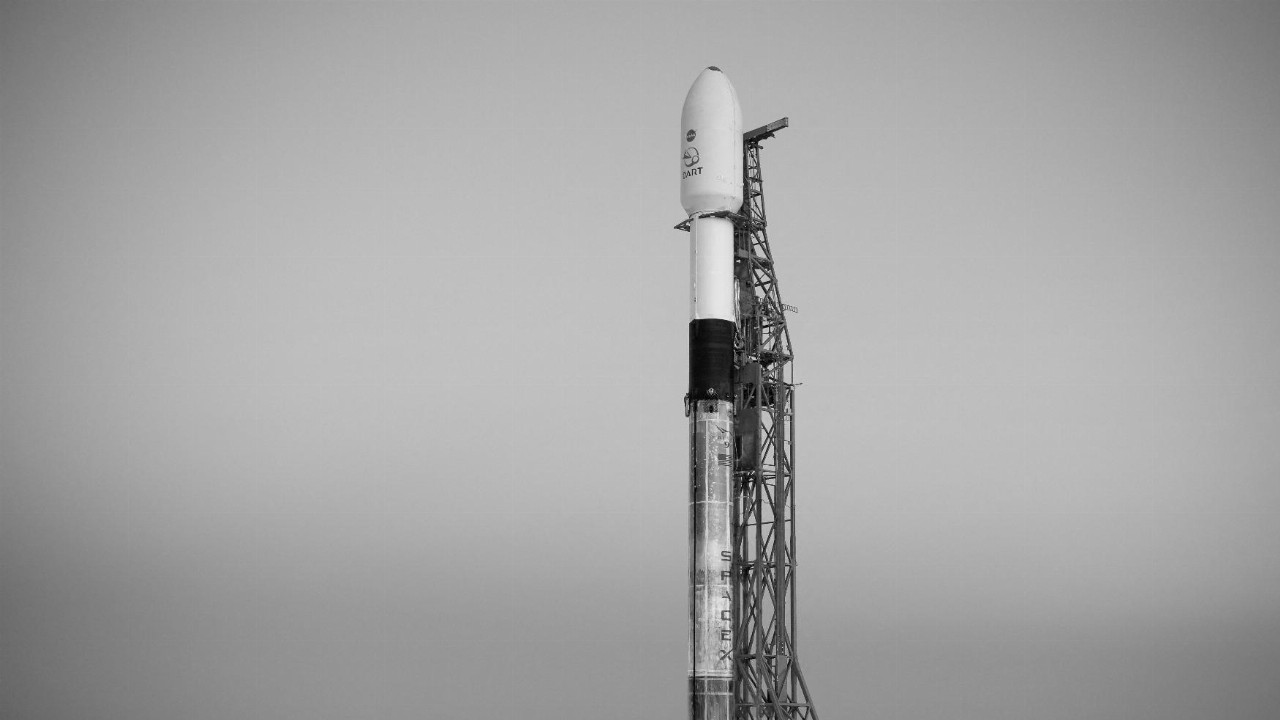It was, literally, a striking achievement. In the early hours of Tuesday, a NASA spacecraft slammed into a small asteroid 11 million kilometres from Earth, its second-by-second odyssey into oblivion captured on camera and livestreamed to a world audience.
The impact was meant to shunt the rock, Dimorphos — one half of a two-asteroid binary system — into a slightly tighter orbit around its bigger partner, Didymos. The orbital tweak is yet to be confirmed but, if successful, it will demonstrate that, in principle at least, humans have the knowhow to deflect asteroids heading our way.
“What amazed and delighted me was that everything worked so well,” said Professor Alan Fitzsimmons, an astrophysicist at Queen’s University Belfast, who will now analyse images of the impact gathered from telescopes in South Africa, Chile and Hawaii and is involved in a 2027 follow-up European Space Agency mission to the same asteroid.
While it could take months to see if the orbital period has shifted by seconds or minutes, Fitzsimmons added, “I’m more confident today than I was 24 hours ago that if a small asteroid was on a collision course with Earth, we could do something about it.”
The good news, then, is that we can now apparently guard against the menace that killed off the dinosaurs 66 million years ago. The not-so-good news is that bigger existential risks to humanity lie closer to home.
Asteroids are rocky objects, smaller than planets, that orbit the Sun (comets, in contrast, are made of ice, rock and gas). Most of the million-plus known specimens lie in the main asteroid belt between Mars and Jupiter. Of biggest concern are potentially hazardous ones, which are at least 140 metres across and have orbits that come within 7.5 million kilometres of Earth — big and close enough to strike Terra Firma but small enough to evade early detection. That made Dimorphos the perfect target: about the right size (160 metres), and too distant to pose a risk.
One reason why the Double Asteroid Redirection Test, or DART, mission captivated the public was its dazzling demonstration of technical chutzpah. While most space jaunts are geared towards avoiding calamitous encounters with asteroids, planets or space debris, engineering a deliberately destructive pas-de-deux between two speeding objects in the vast emptiness of space requires exquisite precision.
The 570-kilogram DART spacecraft, launched last year and guided by autonomous navigation, was travelling at about 6 kilometres per second, equivalent to 14,000 miles per hour, and designed to lock on to its target less than an hour before impact. The asteroid bullseye, meanwhile, flies through space at more than twice that speed. To see the boulder-strewn surface of Dimorphos in razor-sharp detail as DART descended to its fate, was awe-inspiring.
More profoundly, though, the mission compels us to confront the agency we have over our destiny. DART was humanity’s first attempt at intentionally moving a celestial object, affording us a smidgen of influence over cosmic forces hitherto outside our control. Its success does not mean we can now play billiards with space rocks but it does suggest a viable line of planetary defence should heavenly forces conspire against us, as they did against the dinosaurs.
Relief at being able to avert asteroid-induced catastrophe contrasts, though, with our relatively sanguine approach to other threats. A planetary disaster caused by an asteroid impact might happen once in a million years, suggests Lord Rees, Britain’s Astronomer Royal, co-founder of the Centre for the Study of Existential Risk at Cambridge university and author of If Science is to Save Us. But, “there are other substantial threats that could happen this century”.
While he regards asteroid deflection technology as prudent, Rees worries more about the misuse of biotechnology (particularly experiments that create toxic viruses), artificial intelligence, pandemics and, of late, nuclear aggression. His worst nightmare, he confesses, is a lone fanatic who slips through the governance net: “Technology gives even small groups of people the power to cause a global catastrophe, such as the release of a virus, cyber attacks on power grids or a breakdown in AI. Village idiots now have global range.”
When HG Wells summed up the risks to civilisation, he, too, toyed with the prospect of “some great unexpected mass” rushing “upon us out of space”. But also that “some pestilence may presently appear . . . there may come some drug or a wrecking madness into the minds of men”. Our ability to calculate our way out of an asteroid strike will count for little if we cannot restrain our own wrecking madnesses first.
Anjana Ahuja is a contributing writer on science for the Financial Times and holds a PhD in space physics from Imperial College London.





